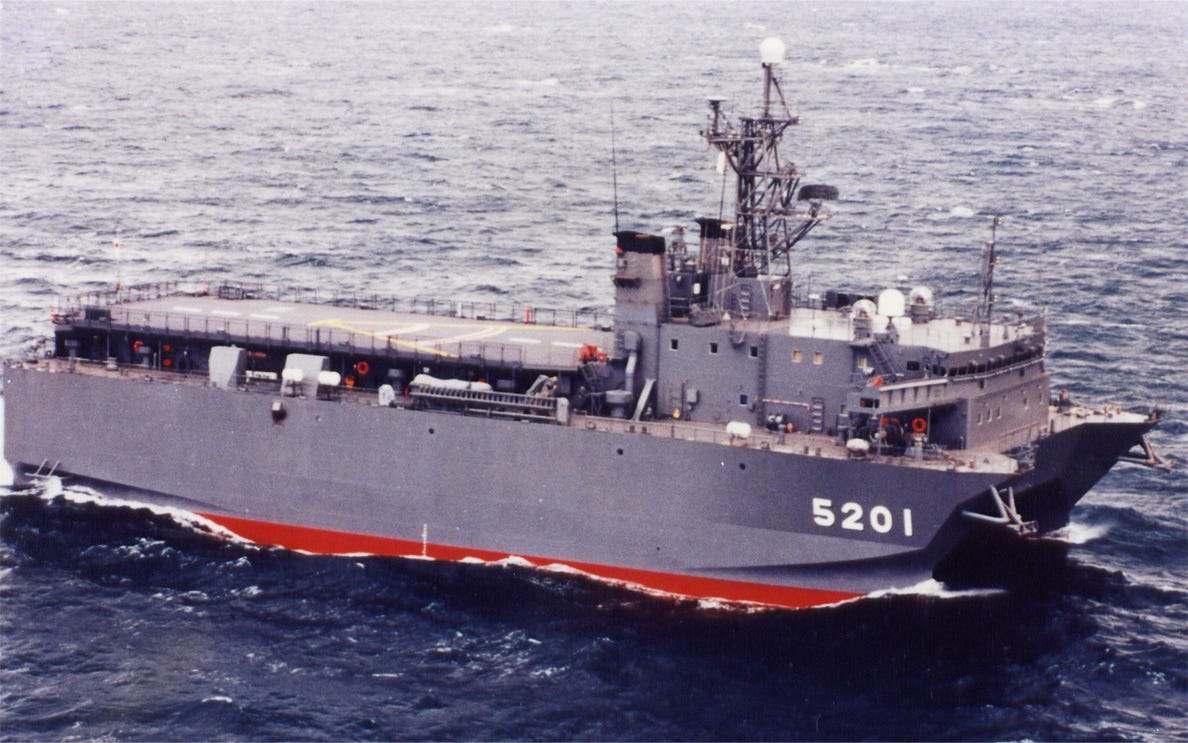Vikram S Mehta | July 7, 2014
http://indianexpress.com/article/opinion/columns/why-the-fm-must-digress/99/
The FM knows that his speech on July 10 will be closely heard and rigorously interpreted.
By now, the budget proposals will have been finalised. The finance minister may make some last minute changes, but these will not be substantive. The FM knows that his speech on July 10 will be closely heard and rigorously interpreted. He knows that as the first major economic statement by the government, investors will be looking for an affirmation of “Modinomics” — the combination of policies that on the one hand will eschew fiscal populism and on the other push the country back on to the trajectory of growth, jobs and entrepreneurship.
The focus of the budget speech will, of course, be on the arithmetic of the government’s finances. But the FM should digress. He should add a few paragraphs to lay out the markers of the government’s economic roadmap. There are four reasons for suggesting such a digression.
One, in the run-up to the budget, the government has emitted mixed signals. On the one hand, the prime minister himself has said that the public should expect tough financial decisions. His minister of state for finance has said that the government has inherited a near-empty coffer. Together, these statements would suggest that the budget will nix fiscal largesse. It will scale back subsidies, cut wasteful expenditure and offer no new entitlements a la MGNREGA and food security. On the other hand, the government has rolled back rail fare hikes and postponed the hike in gas prices. The presumption is that these were done because of the forthcoming state elections in Maharashtra and Delhi. The net result is confusion. Will the government hold fast to economic logic, as most people had come to expect, or will it repeat the pattern of past governments of talking about good economics but in fact deferring to populist politics? The expectations of the public from this government are high and the disappointment could, therefore, be correspondingly severe. The FM would do well to explain how he will resolve the tension between these two uneasy bedfellows.
In this context, it is worth pointing to the stranglehold of triple-digit oil prices. The march of the jihadi group ISIS across Iraq has caught the world by surprise. To date, this march has not rattled the oil market. The price of oil has hardly moved. This is because supplies have not been disrupted. ISIS is in control of north Iraq, whereas 90 per cent of Iraq’s oil reserves are in the south, and not one shipment of exports from the port of Basra has been affected. ISIS has, however, reminded everyone of the verity that the petroleum market is volatile and unstable. The Middle East sits on a powder keg. The FM is aware of this fundamental. He knows that notwithstanding the shale revolution in the US and the unlocking of new hydrocarbon frontiers in Africa, South America and Australasia, India will face triple-digit oil prices for some time to come. And that with 80 per cent import dependence, the budgetary burden of such high prices cannot be borne by the government or its public sector entities alone. It cannot afford to challenge the remorseless logic of the market any longer. A second reason for digression would be to explain to the public the consequences of continuing to subsidise energy. It would be to explain the trade-off between subsidies and development and to convey that the public will have to share some of the burden.



 Taliban militiamen chant slogans as they drive toward the front line near Kabul in November 1997. (Photo: Courtesy Reuters)
Taliban militiamen chant slogans as they drive toward the front line near Kabul in November 1997. (Photo: Courtesy Reuters)







